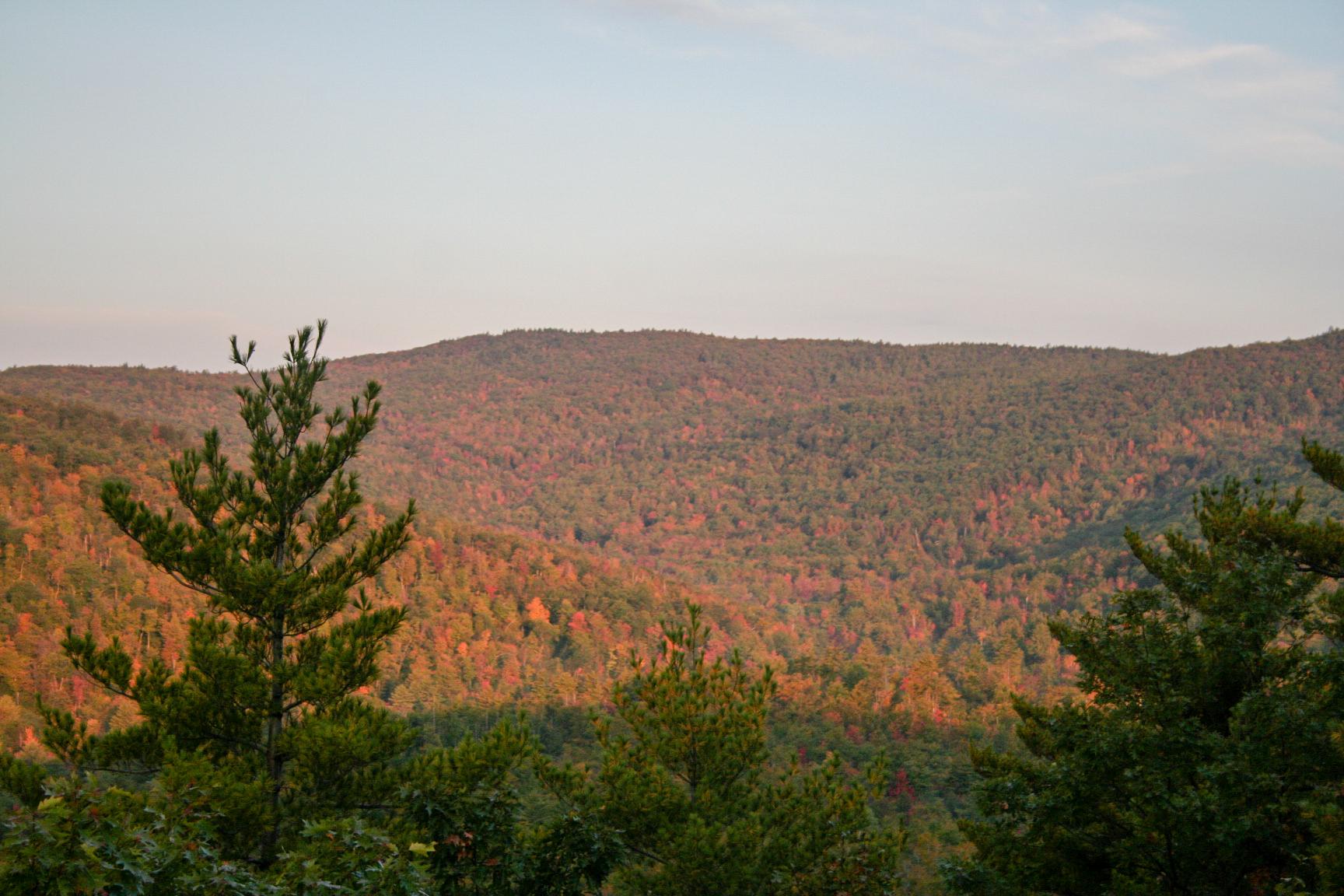- Tags:
- Something Wild

On a rare warm-for-late-November afternoon, a tiny cloud of swarming insects dances in a slanting sunbeam – tiny midges!
Late autumn midge swarms are the last free-flying insects following hard freezes. They emerge for one last dance in fading sunlight just before the entire insect “Queendom” collapses under snow as the natural year closes.
Midges comprise a huge group of insects with estimates of more than 10,000 species worldwide.
Midges have aquatic larvae - living in rivers, lakes, ponds and even minute pools of stagnant water trapped in hollows and recesses of forest trees. Some species are adapted to low oxygen levels and become the dominant insect larvae in polluted water.
Larvae of one common midge group contain a chemical analog to hemoglobin. These “bloodworms” appear red. Their ability to capture oxygen is enhanced by writhing movements in otherwise quiet, stagnant pools. When midges emerge from water, their mission as short-lived adults is to fly, mate, lay eggs and die. Like familiar spring and summer mayflies and caddisflies, midges are excellent fish food. Unlike spring and summer emerging insects, midges can emerge nearly any time of the year. Anglers troll midge-imitations early and later in the cool water fly-fishing seasons.
It's hard to become nostalgic for flying insects… until you realize these are likely the very last of all the outdoor bugs this year. They’ll also be the first. By March, midges begin to emerge from open water… long before the first blackflies or mosquitoes.
